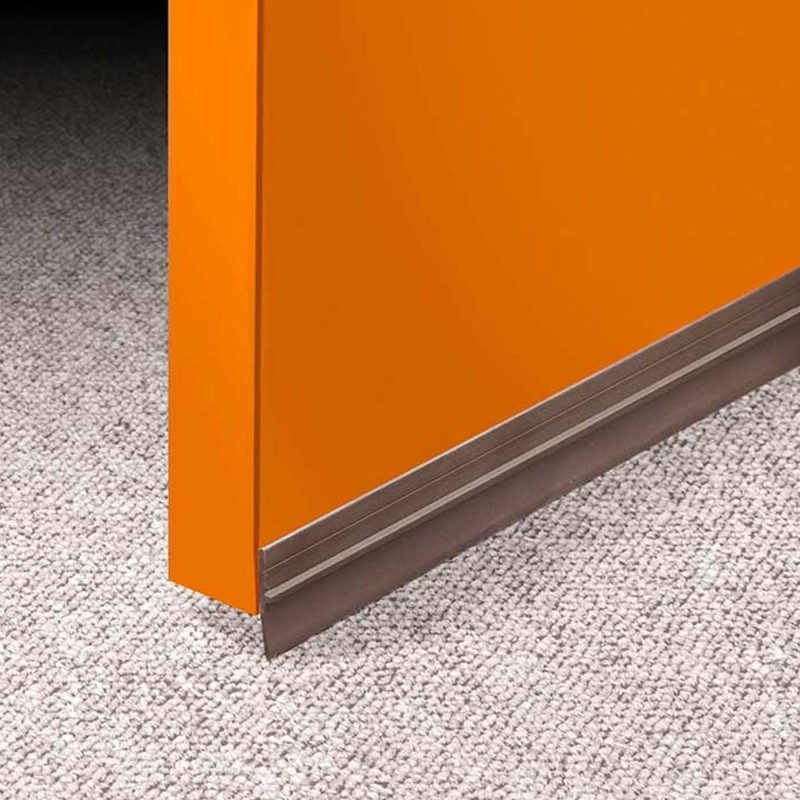Door seals for room doors not only offer privacy, they also isolate the individual rooms from drafts and heat loss. However, this only works if the doors are tight. There is an easy way to tell if this is the case. Stand in front of the closed door with a lit candle or lighter. If the flame flickers, there is a draft escaping through the door.
Door seals suitable for noise insulation
An intact door seal can not only keep the draft outside, it can also efficiently reduce the typical noises when the door is closed (door slamming). In addition, an intact door seal ensures that the door does not rattle when it is closed if a window is opened in the next room.
How is a door seal changed?
To replace a door seal, the old seal must be completely removed. Also, think of glue residue in case your seals should be glued. Then, the new door seal is pressed or glued into the existing groove. They should not be stretched or compressed. Stretched seals can contract again in daily use, which then creates a gap in the circumferential seal. In contrast, upset door seals tend to loosen from the groove in daily use. This means that the door can no longer be closed perfectly.
Seal under the door as well
Remember that air can also get through under the door. To seal this area, there are special door seals that are attached to the underside of the doors. Drop-down seals are basically rubber lips that close a door to the floor.




